As we move into the second year of our work at the Foundation for Education Development (FED) and following the launch of the FED National Education Consultation Report, we hosted a roundtable discussion seeking to answer the theme ‘Addressing the complexities of SEND – education and inclusion. Designing a long-term vision for all.’
We asked Nicole Dempsey, Assistant Principal of Dixon Academies Trust, to write a thinkpiece on her input into this roundtable discussion. Nicole’s thinkpiece challenges us to think about what is possible and that ‘true inclusion is no inclusion’.
Walking in circles? Inclusion and social justice
I am going to start with a proposition. What if the barriers to achieving something better for our students with SEND are not in policy, funding issues or the immovable established aspects of our education system, but in ourselves, our own ableist subconscious bias, and the way we choose to run our schools? Because the school level and, where meaningful comparisons can be made, adult outcomes for our students with SEND are consistently poor, provide little or no real evidence that the way we support SEND in mainstream education is effective, but we continue to do those same things anyway. We respond like there are no other options. There are options!
Do not be tempted to start by asking what those options are though, they will reveal themselves in due course once the real first question, a much more difficult question, has been asked and addressed – why do we accept less as enough for some learners? Asking ourselves this question requires some soul searching. It requires us to fight against the most automatic part of our thinking and decision making. But it is only by answering this question that we can begin to move forward for the better for all learners. It is the question that enables us to begin to unlearn some bad habits we have developed around inclusion and confront some new realities. I will give some examples.
No child learns better with an unqualified, less experienced and less accountable adult than they do with a qualified, experienced and accountable one.
No child learns better in the corridor or some other corner of the school, away from the knowledge hub of the teacher, classroom or academic department.
No child learns empathy, the skills to thrive within a community, or to value diversity by experiencing or witnessing segregation as has become commonplace and accepted in our schools.
No child should identify more with, or be more identified with, a SEND or inclusion department than with their classroom or the communal spaces of their school.
We know what works in education. We do it every day for our students who are not identified as SEND. And we can take our learners with SEND away from it if that is what we feel we need to do, but do not pretend that it is better. Do not pretend that it is equitable and evidenced to achieve the same outcomes as their peers experiencing the main offer of your school. It certainly is not.
Our learners with SEND are the children that need our knowledge, experience, rigour and fervour the most, not least. If we would not dream of doing something for our top attaining students, the ones that would probably do pretty well even if we more or less ignored them, then why on earth would it be the right thing to do for our most vulnerable learners?
The good news is that moving things forward is within our control.
The first thing that needs to happen is acceptance that the current approach is not working. Even if every school is doing those prevalent and widely accepted things we call inclusion as best they can, the evidence indicates that it does not lead to equitable outcomes. Seeing that evidence and doing it anyway is choosing to let our learners with SEND down.
The next thing that needs to happen is for us to accept that it is our responsibility to do something about it. The children in our schools right now do not have time to wait for the outcomes of a review, more funding to filter through, or the policy change that might take that responsibility for us, and I am not holding my breath for those things to come through for future cohorts of students either. If we found that all of our year 9 students were woefully underperforming in maths we would not wait for the DfE to give us more direction, more money, or make it so we are not accountable for those outcomes anymore, and we certainly would not lean into the approaches that were not working in the first place. Why not offer the same responsiveness to our learners with SEND.
The third thing that needs to happen is that we must desegregate our decision making around inclusion and SEND in mainstream schools. SEND is not a distinct entity that exists separately, but a thread that runs seamlessly through every aspect of every routine, system and structure. Or at least it should be. The line between non-SEND and SEND in any school is arbitrary at best, and having students with a broad range of needs is never exactly a surprise to us; we can make our decisions with the full range of student need in mind from the outset. True inclusion is built in, not bolt on. Doing this takes conscious and concerted effort. It has to be done proactively. That ableist subconscious bias runs deep.
I will end as I started, with a proposition. The academic rigour, quality and accountability we offer our highest attaining students is the right of all students. The individualisation, responsiveness and nurture we often reserve for our students with SEND is the right of all students too. The school is the children, all of them equally, and they all need equal access to both of those approaches. Educational equality is not the segregated, signposted separate provision we have come to accept, but everyone being able to get what they need as part of the main and inclusion is the process by which we get there.
True inclusion is no inclusion.



